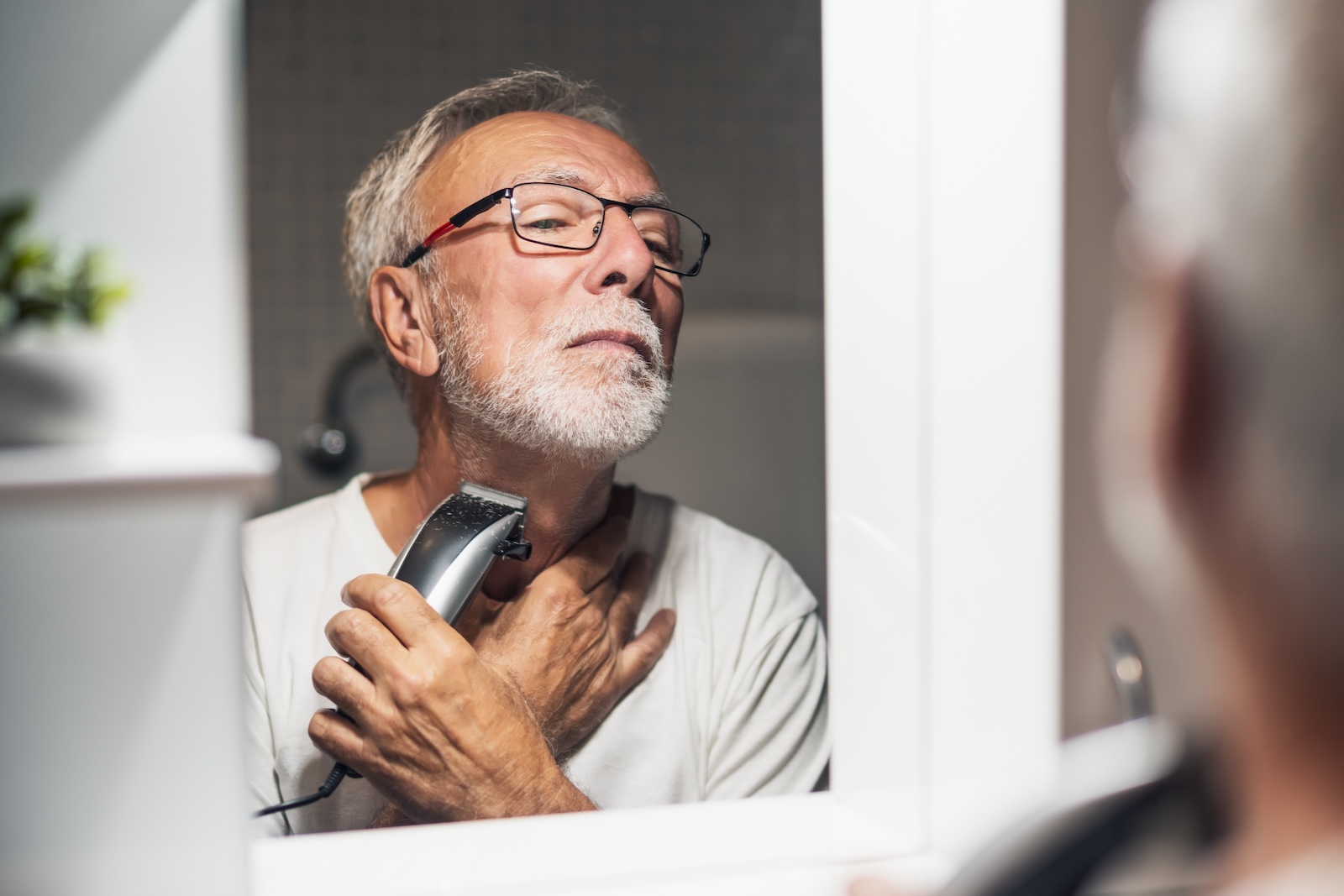Magazine
Do Hats Cause Hair Loss? The Truth Every Man Needs to Know

Hats are a style staple—whether it’s a classic fedora, a laid-back baseball cap, or a rugged beanie, the right headwear can elevate your entire look. But let’s address the real concern here: can wearing hats lead to hair loss?
At Particle, we know how important it is to maintain a strong, healthy head of hair. So today, we’re uncovering the truth behind hats and hair loss—plus, we’ll share exactly how you can protect and strengthen your hair.
Do Hats Really Cause Hair Loss?
Good news: for the most part, wearing a hat won’t make your hair fall out. However, there are a few situations where a poorly fitting or dirty hat can contribute to hair loss. Let’s break it down.
Traction Alopecia: The Tight Hat Problem
One of the few ways a hat could impact hair loss is through traction alopecia—a condition caused by prolonged tension on the scalp. This type of hair loss is typically linked to tight hairstyles like braids or dreadlocks, but an extremely tight-fitting hat worn frequently can also contribute.
Signs of traction alopecia include:
✅ Itching and redness
✅ Scalp tenderness
✅ Thinning hair at pressure points
To prevent this:
✔️ Choose a hat that fits well—snug but not restrictive
✔️ Rotate your hats—avoid wearing the same tight cap every day
✔️ Give your scalp a break—let your hair breathe regularly
Frictional Alopecia: When Your Hat Rubs You the Wrong Way
Frictional alopecia occurs when repeated rubbing causes hair to thin or fall out. While it’s more common on the body (like hair loss on the ankles from years of wearing socks), it can happen on the scalp if a hat or helmet is constantly rubbing against your hair.
This is more likely with:
🔹 Helmets that move around during sports or motorcycle rides
🔹 Hats made from rough or irritating materials
🔹 Wearing the same hat for long periods without breaks
To prevent this, make sure your headgear fits properly and is made from soft, breathable materials.
Hygiene Matters: A Dirty Hat Can Damage Your Scalp
If you wear the same hat daily without washing it, bacteria, sweat, and oils build up—leading to scalp irritation, dandruff, and even hair follicle damage.
Signs your hat might be affecting your scalp health:
🔴 Pimples or breakouts on your scalp
⚪ Flaky, itchy dandruff
❌ Excessive oiliness or a bad smell
Keeping your scalp and hair clean is essential. Wash your hats regularly and support scalp health with the Particle Hair Revival Kit, designed to cleanse, strengthen, and invigorate your hair follicles.
Strength & Recovery: How to Keep Your Hair Thick & Healthy
Even though hats aren’t a direct cause of hair loss, the best defense is strong, healthy hair. If you’re concerned about thinning hair or just want to give your scalp the best care possible, support hair growth with the right products.
✔️ Strengthen Hair Follicles – The Particle Hair Revival Kit combines clinically proven ingredients that energize the scalp and stimulate hair growth.
✔️ Cleanse & Invigorate – Use the Particle Shampoo to remove buildup, strengthen hair at the roots, and boost scalp circulation.
✔️ Nourish from Within – Our Hair Gummies deliver essential vitamins and nutrients to support thicker, stronger hair.
Final Verdict: Can Hats Cause Balding?
Not really. For a hat to cause hair loss, it would have to be way too tight, constantly rubbing your scalp, and never washed. The real key to maintaining a full, healthy head of hair? Scalp care, proper hygiene, and strengthening your hair from the root.
If you want to keep your hair thick and strong, check out our Hair Growth Essentials for the ultimate hair and scalp support.
Your hair deserves the best—so wear your favorite hats worry-free.
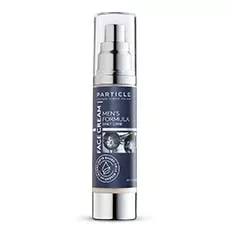
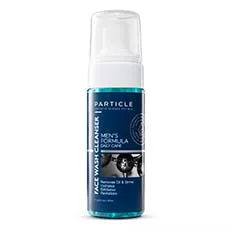
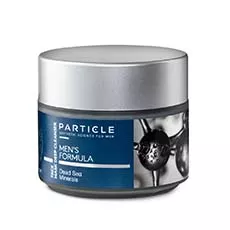
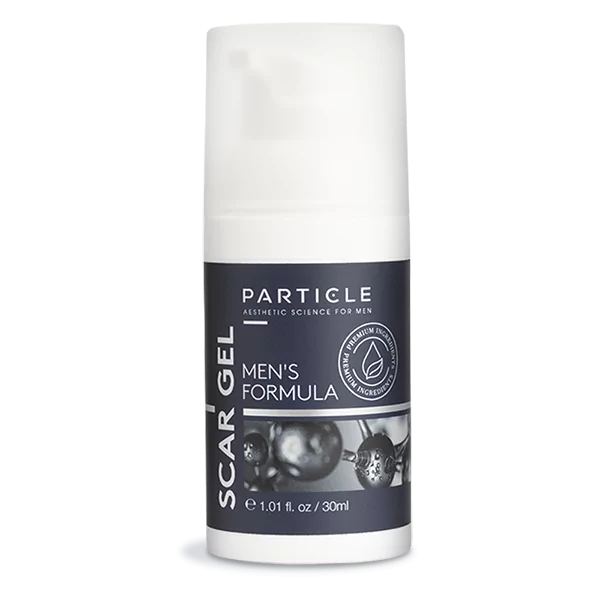
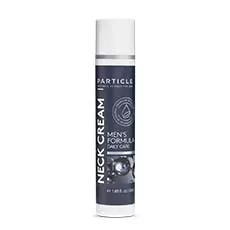
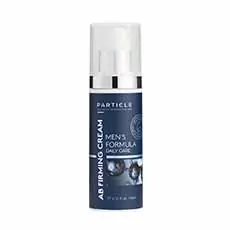

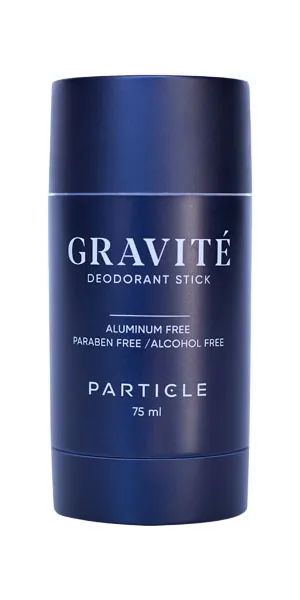
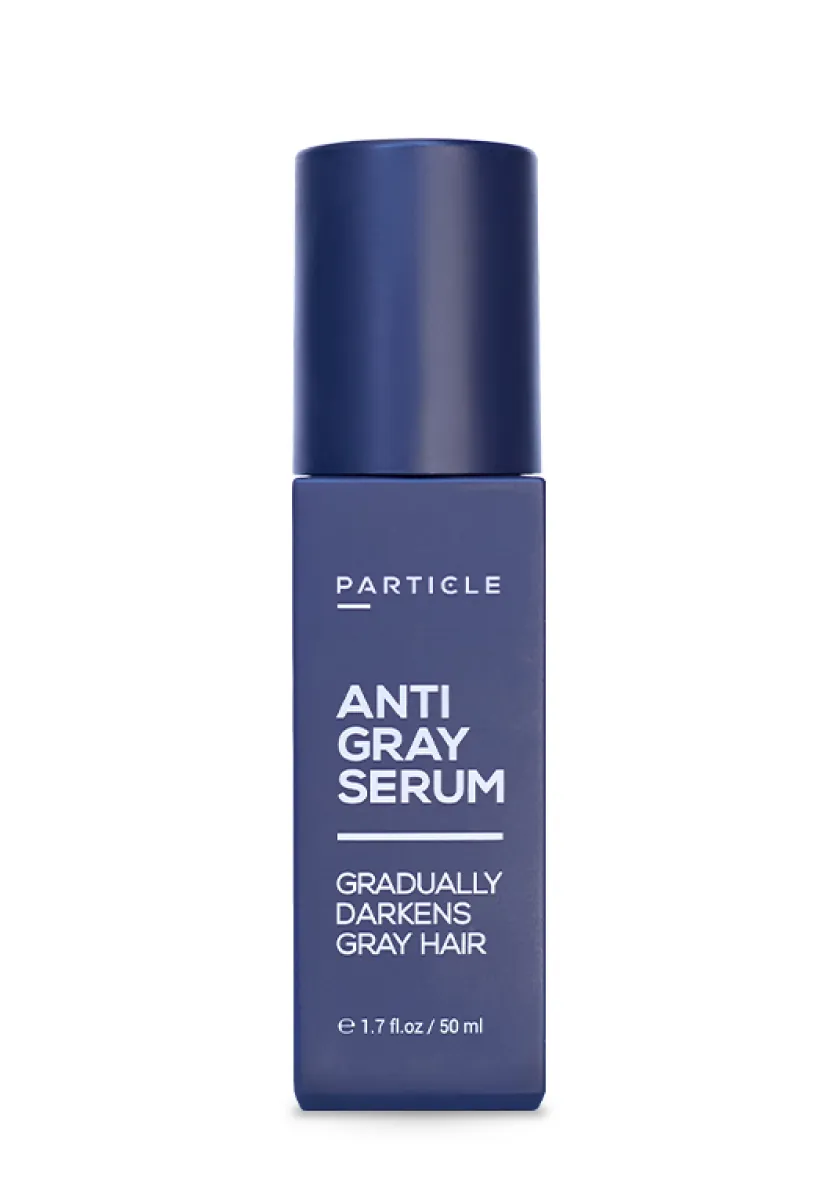
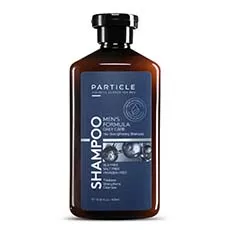
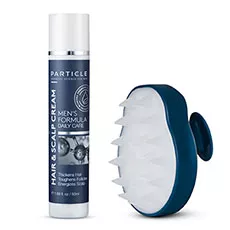
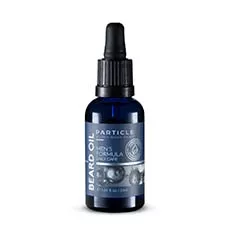
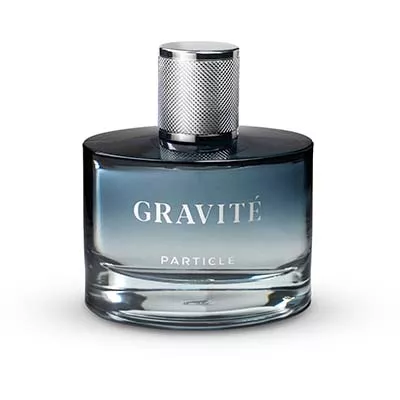

 ca
ca














